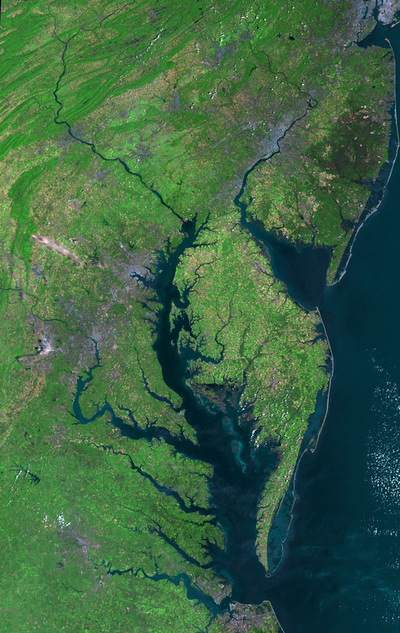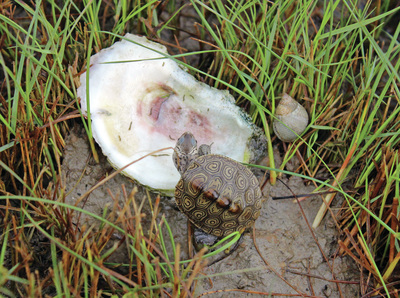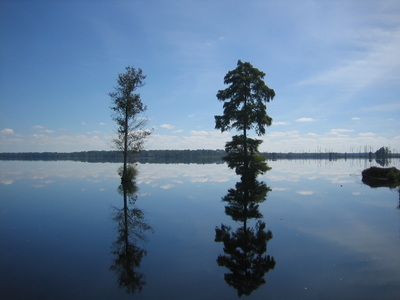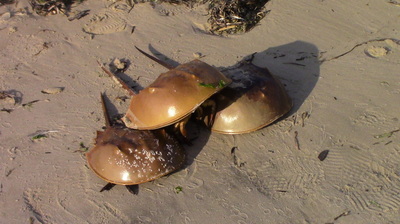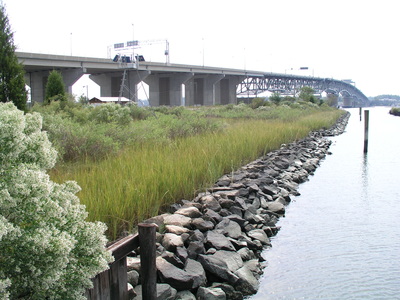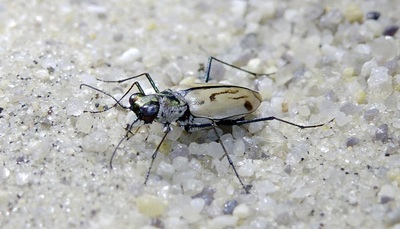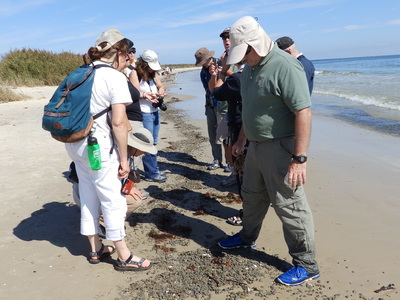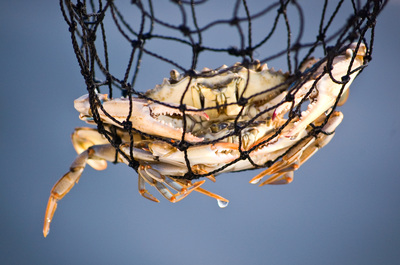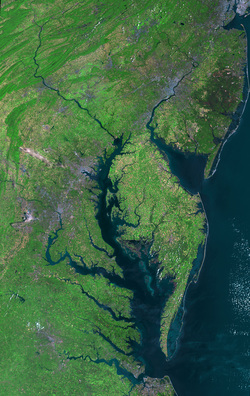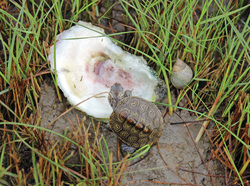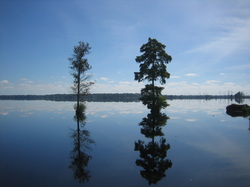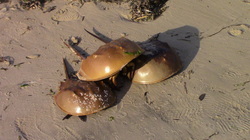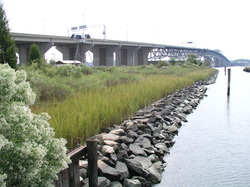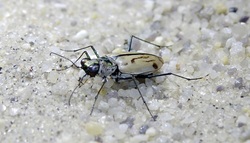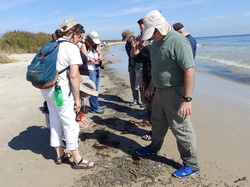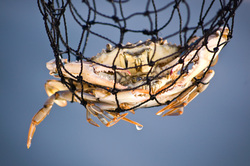Virginia Master Naturalist Basic Training Curriculum
Coastal and Estuarine Ecology and Management

This page contains numerous curriculum resources that may be used flexibly by Virginia Master Naturalist chapters and trainees to meet their learning needs. These resources also are available to other volunteer programs and the public for their use, but please note that watching or reading these materials cannot substitute for enrolling in and completing a basic training course with a VMN chapter in order to become a Virginia Master Naturalist volunteer.
Thank you to the numerous people who contributed to the creation of these materials, including Alycia Crall (former VMN program director, Karen Duhring (VIMS), Dot Field (VDCR), Carol Hopper Brill (VIMS), Shep Moon (VCZMP), Beth Polak (VCZMP), Virginia Witmer (VCZMP), the Chesapeake Bay Foundation, the Chesapeake Bay Program, the Virginia Institute of Marine Science, and numerous VMN volunteers and Flickr Creative Commons users. Michelle Prysby, Director of the Virginia Master Naturalist program, served as the lead author and project coordinator. Funding for the development of the Coastal and Estuarine Ecology and Management curriculum was provided by a grant from the Virginia Environmental Endowment. |
Give us your feedback on these curriculum materials!
|
Learning Objectives
|
Introductory VideosWhat: Short videos to introduce volunteers to the topic of Coastal and Estuarine Ecology and Management.
Possible uses:
Video 1: Living Shorelines: An interview with Karen Duhring of the Virginia Institute of Marine Science Center for Coastal Resources Management. Karen also is a member of the VMN Steering and Executive Committees. Watch below or at video.vt.edu.
Video 2: Bay 101: Oysters. This video is just one from a series of many videos produced by the Chesapeake Bay Program. You can find additional short videos about other aspects of the Chesapeake Bay, such as blue crabs and bay grasses, at http://www.chesapeakebay.net/discover/bay101.
Video 3: Baywatch: Sea-level Rise and Chesapeake Bay Marshlands. This video is just one from a series of many videos produced by the Virginia Institute of Marine Science. You can find additional short videos on the Bay and the creatures that live there at http://www.vims.edu/bayinfo/baywatch/index.php.
|
Background ReadingsMost Recommended Readings
Supplemental Readings
Above and Beyond, for those seeking more in-depth information Note that book publisher websites are provided, but often these books are available from other sources at varying prices.
Additional Video Resources
|
Presentation VideosWhat: A three-part set of online videos of PowerPoint presentations with narration by Michelle Prysby, Director of the Virginia Master Naturalist program. Combined, they are approximately 34 minutes long.
Possible uses:
Note for Basic Training Chairs and Course Instructors: The script for the full Powerpoint presentation is provided below for download in MS Excel format, which makes it easy to add, delete, or re-order slides. Basic training chairs for VMN chapters may contact the state office for access to the full Powerpoint file. Both the Powerpoint and the script may be used and adapted for your courses. Please pay attention to the image license restrictions listed in the notes section for each slide in the Powerpoint file.
VMN Coastal and Estuarine Ecology and Management Part 1
VMN Coastal and Estuarine Ecology and Management Part 2
VMN Coastal and Estuarine Ecology and Management Part 3
| |||||||
Presentation HandoutWhat: A four-page handout that matches up with the presentation. It is best printed in color, but black and white is acceptable.
Possible uses: The handout is meant to accompany the PowerPoint presentation or the videos, so if an instructor is using the presentation in class, he/she should distribute the handout in lieu of a handout containing all the slides. It is not recommended that you print the slides for a handout, as they are almost entirely image-based and would not make good reference material. Note: VMN chapters may want to include an additional handout listing specific related volunteer projects and opportunities approved for their chapters.
| |||||||
Activity Lesson PlansWhat: Lesson plans for an interactive activity that may be used during class time to support some of the learning objectives for this topic. In this activity, "What's For Lunch", participants learn about food webs in the Chesapeake Bay.
Possible uses: This activity can be used during class time to encourage trainees to apply the material they have learned and to break up lecture time with an interactive exercise. The lesson plan is written so that it may be led by a non-expert, including VMN volunteers.
| |||||||
Assessment QuestionsWhat: A set of possible assessment questions on this topic for VMN trainees.
Possible uses: Incorporate these questions into written or practical assessments during the course.
| |||||||
Evaluation MaterialsWhat: Evaluation packet consisting of a summary form to be completed by the chapter's training chair and individual evaluation forms to be completed by chapter trainees.
Possible uses: We would like to have you help us evaluate the effectiveness of these materials for meeting program goals. We request that chapters using any of these materials have their trainees complete the evaluation form. The training chair or coordinator for that class should complete the cover sheet and return the cover sheet and all individual forms to the VMN statewide program office.
| |||||||||||||

